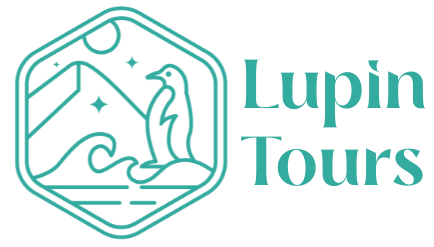Frequently Asked Questions About the Falklands
The Falkland Islands are one of the most fascinating, remote destinations in the world. From stunning wildlife to dramatic landscapes, they spark curiosity in anyone planning a visit. If you’re thinking about travelling there, here’s a roundup of the most frequently asked questions.
1. Where are the Falkland Islands?
The Falklands are an archipelago in the South Atlantic Ocean, about 500 km east of the southern tip of Argentina. They consist of two main islands, East Falkland and West Falkland, and over 700 smaller islands. The capital city, Stanley, is located on East Falkland.
2. Who owns the Falklands?
The Falkland Islands are a British Overseas Territory. The Falklands belongs to the people of the Falklands.
The sovereignty of the islands is disputed by Argentina, which calls them the Islas Malvinas. This name is highly offensive to those in the Falklands and should not be used. Argentine flags etc. should not be flown.
3. What are people from the Falklands called?
People from the Falklands are called Falkland Islanders. They are known for their friendly, welcoming attitude and strong sense of community.
Our ancestors came from all over the world, for example Lupin Tours owner Roxy’s came from England, Ireland, Sweden, Norway and Russia.
4. What language do they speak?
English is the official language.
5. Can you drink the water? Is it safe?
Yes! Tap water in the Falklands is safe to drink. It’s refreshingly cold too.
6. When is the best time to visit?
The summer months (November to March) are the warmest and most popular for wildlife spotting, with penguins, sea lions, and albatrosses in abundance. Winter is colder and less windy, but the landscape is quieter, and the skies are dramatic and beautiful.
7. How do I get there?
Most visitors arrive by air from either the UK or from Chile. The international airport is Mount Pleasant Airport, just over 30 km from Stanley.
Arriving in the Falklands by cruise ship is an unforgettable experience. As your vessel approaches the islands, the dramatic coastline comes into view—rugged cliffs, sweeping beaches, and endless stretches of open ocean set the scene. Many cruises dock at Stanley, the capital, allowing passengers to step straight into the charming town with its colourful houses, local shops, and cosy cafés. For those keen on wildlife, even the approach to shore can be magical, with penguins waddling along beaches and seabirds circling overhead. Arriving by cruise is a grand introduction to the islands’ raw beauty and unique atmosphere.
8. What wildlife can I see?
The Falklands are a wildlife lover’s paradise. Expect to see penguins, including king, gentoo, rockhopper, macaroni and Magellanic species. Other wildlife includes sea lions, elephant seals, orcas, albatrosses, birds of prey, and a huge variety of seabirds. Birdwatchers in particular will find the islands irresistible.
9. What is the culture like?
The Falkland Islands have a small population (3,600), mostly concentrated in Stanley. The culture is heavily influenced by British heritage, with a strong sense of community. Life is quieter than in big cities, with a focus on nature, farming, and maritime traditions.
10. Can I drive around the islands?
Yes, but there is no public transport. Most visitors hire a car (these generally cannot be taken off-road) or join guided tours to explore the islands. Roads are mostly gravel, so driving can be slow, but it’s a great way to see the scenery and spot wildlife along the way.
11. Is it expensive to visit?
The Falklands are a remote destination, so some things—like flights and imported goods—can be pricey. Accommodation and tours are also affected by what we call the ‘Falklands factor’, which means that most things are more expensive and difficult. Nearly everything has to be imported, with the vast majority coming from the UK. These take a couple of months to arrive by ship. Most visitors feel the unique experience is worth it.
12. What should I pack?
Bring layers, comfortable shoes, suncream, and sunglasses. Even in summer, it can be windy and chilly. It’s nearly always sunny. Binoculars and a camera are essential for wildlife spotting and capturing the stunning landscapes.
13. Are there guided tours available?
Absolutely. There are a variety of guided tours ranging from wildlife adventures and historical sites to scenic drives and flights, and boat trips. Tours are a great way to make the most of your time and ensure you see the highlights safely.
The Falklands are one of those places that feel otherworldly—the kind of destination where big skies, wild seas, and incredible wildlife leave a lasting impression. Whether you’re after adventure, photography, or just a break from the ordinary, the Falklands deliver in spades.
